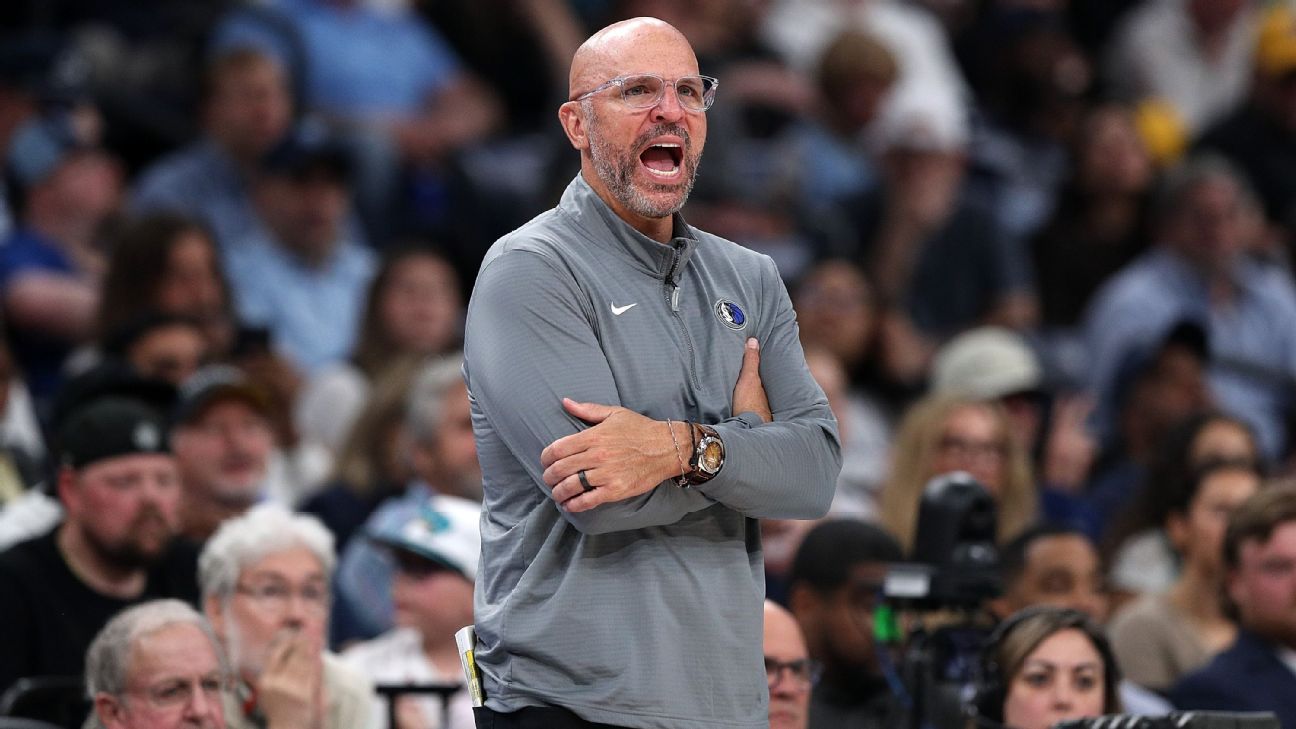
MILAN — Fendi’s restoration of the Grotto of Diana was officially unveiled Wednesday, ahead of its reopening to the public on May 6.
Housed at Villa d’Este in Tivoli — a UNESCO World Heritage site located a one-hour drive from Rome — the grotto will reopen after nearly half a century of being closed and two years of restoration work. As reported, the Roman fashion house first pledged to help restore the grotto in 2023.
Fendi’s artistic director of accessories and menswear Silvia Venturini Fendi said the project was for the company “an act of love — the latest in a centuries-long journey of protecting and enhancing Italy’s cultural heritage, culminating this year as we celebrate our centennial.”
“Deeply rooted in Rome, where our maison’s foundations and creative heart have been since 1925, this project represents another investment in the future that begins with memory of the past: a commitment to preserving the beauty and history of our country, passing this precious monument on to future generations,” said Venturini Fendi.

A partial view of Grotto of Diana at Villa d’Este after the restoration supported by Fendi.
Courtesy of Fendi
Fendi’s patronage was a coordinated effort that also involved the Autonomous Institute of Villa Adriana and Villa d’Este — VILLÆ of Tivoli, committed to enhance the site’s heritage.
“This restoration aims to explore and decode the countless layers of meaning at Villa d’Este, highlighting how this place continues to radiate its magnificent beauty while occasionally revealing the sophisticated cultural vision that inspired it,” said Andrea Bruciati, director of the Villa Adriana and Villa d’Este Institute. “With this effort, we aim to counteract the loss and neglect that often affects our heritage, and the recovery of the Grotto of Diana ensures that this treasure becomes accessible once more to the public.”
Bruciati described the operation as a “tangible act of generosity, aimed at this sharing of beauty, which has been made possible thanks to the heartfelt support of Fendi.”

Villa d’Este in Tivoli.
Courtesy of Fendi
Located in a panoramic point of Villa d’Este, the Grotto of Diana, the goddess huntress symbolizing virtue, is a cruciform plan nymphaeum located in the Cardinal’s Walk and was built between 1570 and 1572 by Paolo Calandrino. Pirro Ligorio is the architect who designed the villa and the expansive park.
The site includes a central area with a cross vault and large caryatids with baskets, a large niche with a rocky backdrop and fountain, and three arms. The first of these has two wall niches and a barrel vault — the one on the left displays two bas-reliefs and a niche with a rocky backdrop and fountain, the one on the right with a barrel vault features two large bas-reliefs on the sides and an opening leading to a loggia that looks out toward Rome. From this loggia, a double horseshoe staircase leads above the Loggia of the Winds to a small terrace with a panoramic view.

A detail of Grotto of Diana at Villa d’Este after the restoration supported by Fendi.
Courtesy of Fendi
The restoration works enhanced the grotto’s surface and its rich and elaborate scheme, made of rustic, polychrome and multi-material mosaics featuring shells, glass pastes, semi-precious stones, stone fragments and mineral crusts.
Standout elements include the four caryatid canephorae statues — originally six, but two have been lost — bearing baskets filled with golden fruit on their heads; the representation of a white eagle, symbol of the Este family, at the center of the vault; the marine scenes on the ceiling, and the mythological ones on the walls nodding to Ovid’s “Metamorphoses.” The flooring deserves particular attention for its different renditions. For example, the one in glazed terracotta has hexagonal tiles alternating rows of eagles, apples, and Este lilies, while the flooring in the loggia features square elements in beige and brown terracotta.

A detail of Grotto of Diana at Villa d’Este after the restoration supported by Fendi.
Courtesy of Fendi
Over time, materials were severely compromised, freestanding sculptures had missing parts, decorative elements deteriorated rapidly due to environmental conditions, and the mosaics and glass tiles showed signs of decay.
Starting in fall 2023, the two-year conservation project that Fendi funded aimed to recover the unique features of the grotto, not just preserving the internal decorations but also the architectural structures that support the outer facades, which are constantly exposed to weather conditions. One of the most significant steps was the installation of a glass panel in the loggia overlooking Rome, a solution designed to protect the grotto from the wind that over centuries has contributed to the erosion of its most fragile materials.

A detail of the Grotto of Diana at Villa d’Este prior the restoration supported by Fendi.
Courtesy of Fendi
Overall, this restoration is in line with Fendi’s previous initiatives, aiming to protect and enhance the country’s cultural heritage, and specifically showing its love for its roots.
In 2022, the Italian luxury house partnered with the French Academy in Rome — Villa Medici and with the support of the Mobilier National, a French national service agency under the supervision of the French Ministry of Culture, to refurbish six reception salons at Villa Medici. The French Academy in Rome — Villa Medici is located on the Pincio hill, at the bottom of which are the city’s world-famous Spanish Steps.
Other such projects in Rome supported by Fendi include the completion of the restoration work of the Temple of Venus and Rome, one of the most iconic monuments of the Roman Empire, completed in 2021 thanks to the donation of 2.5 million euros by the fashion house, which first pledged to sponsor the works in 2019, when it also held its couture show at the site to further mark its commitment.

An artisan at work to restore the Grotto of Diana at Villa d’Este.
Courtesy of Fendi
The company helped restore the Trevi Fountain, beginning in 2013 and completed in 2015 — followed by a couture show held at the location in 2016.
The “Fendi for Fountains” project also included the restoration of a number of emblematic fountains in Rome including the Complex of the Four Fountains, Mostra dell’Acqua Paola, the fountains del Mosè and del Peschiera and Mostra della nuova Acqua Vergine.
In 2015, Fendi moved its headquarters to the Palazzo della Civiltà Italiana in the EUR district, restoring the storied building and staging throughout the year exhibitions open to the public.
#Fendi #Completes #Restoration #Grotto #Diana #Villa #dEste #Tivoli






